Birds bring color, song, and natural beauty to our lives, and transforming your window view into a bird sanctuary allows you to enjoy these remarkable creatures from the comfort of your home. Creating a welcoming space for birds doesn’t require extensive outdoor space or expert knowledge – just thoughtful planning and some basic understanding of what birds need to thrive. By following some simple guidelines, you can create a vibrant avian community right outside your window, contributing to bird conservation while enjoying the daily theater of nature.
Understanding the Bird-Window Relationship
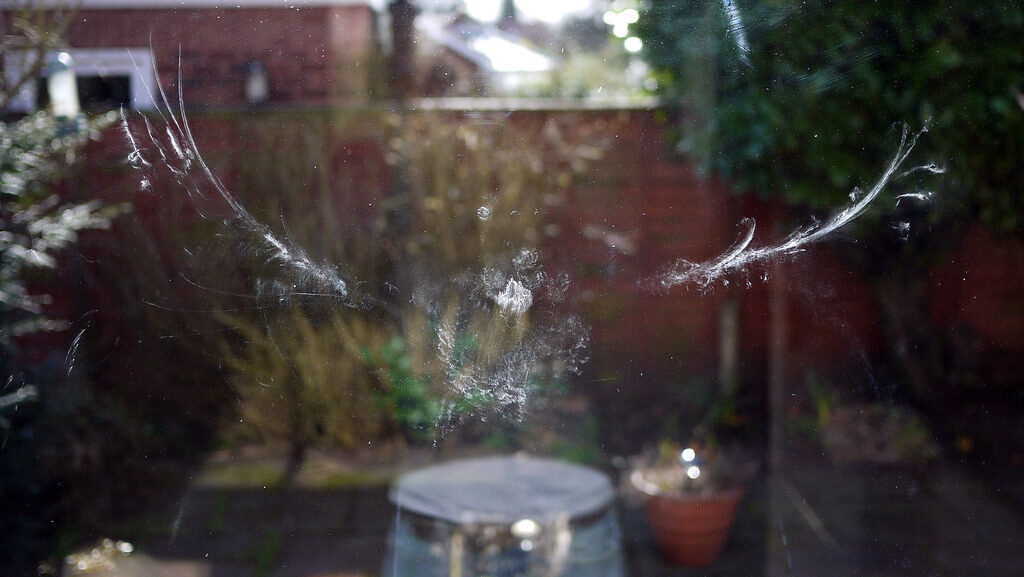
Windows provide the perfect vantage point for bird watching, but they can also pose serious hazards to birds if not properly managed. According to research, up to one billion birds die annually in the United States alone from window collisions, as birds often can’t distinguish reflective glass from open space. Before creating your window bird sanctuary, it’s important to make your windows bird-safe by adding visual markers like decals, screens, or external shutters that break up reflections. The relationship between birds and windows becomes much more positive when you intentionally design your window area as a viewing portal rather than an invisible barrier. Taking steps to prevent collisions not only protects birds but also enhances your viewing experience by allowing birds to feel secure approaching your feeding and habitat areas.
Selecting the Ideal Window Location
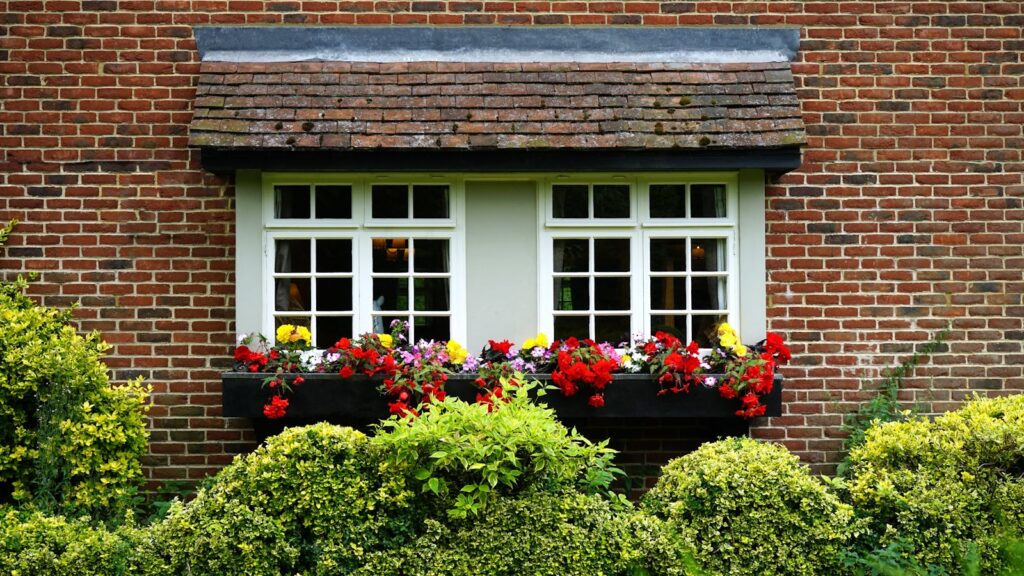
Not all windows in your home will provide equal opportunities for bird viewing. South-facing windows typically receive the most sunlight in the northern hemisphere, making them excellent locations for bird feeders since many feeding areas benefit from morning warmth and good visibility. Windows that overlook existing vegetation like trees, shrubs, or flower beds already have a head start in attracting birds looking for natural food sources and shelter. Consider choosing windows that provide comfortable seating for you as the observer, as you’ll likely spend more time bird watching if you can do so comfortably. Also factor in the window’s distance from potential bird stressors like busy roads, areas where neighborhood cats frequent, or locations with excessive human activity that might deter more sensitive bird species from visiting.
Installing Bird Feeders for Maximum Visibility
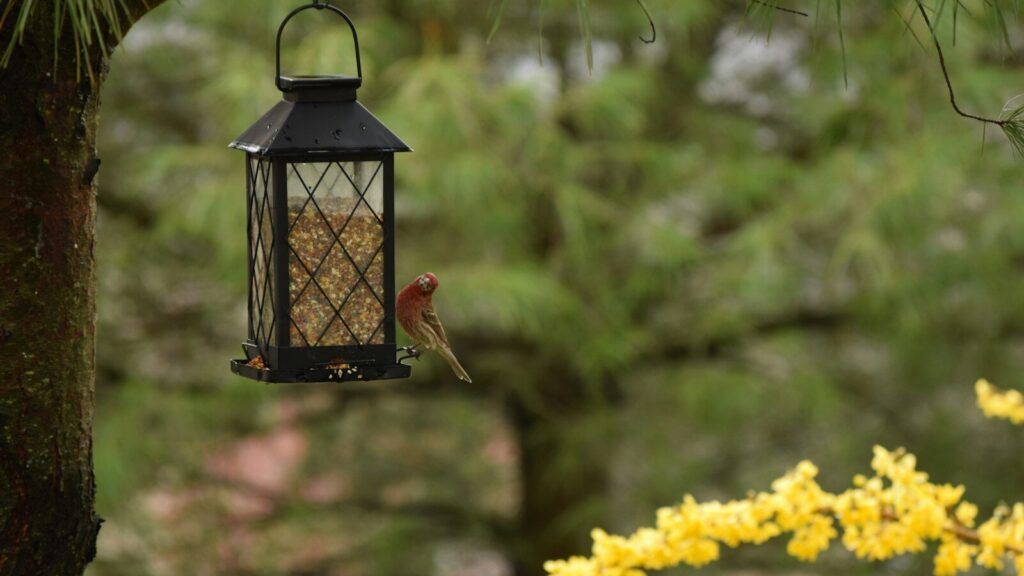
Bird feeders are the cornerstone of any window sanctuary, directly influencing which species you’ll attract and how easily you can observe them. For optimal viewing, position feeders 10-12 feet from your window – close enough for detailed observation but far enough to reduce collision risks and accommodate birds’ natural flight patterns. Consider using window-mounted feeders with suction cups for intimate viewing experiences, though these should have UV-reflective elements to prevent collisions. Offering multiple feeder types simultaneously increases diversity: tube feeders for finches and chickadees, platform feeders for cardinals and jays, suet cages for woodpeckers, and nectar feeders for hummingbirds. Remember that feeder placement should account for natural bird behavior – some species prefer feeding at higher levels while ground-feeding birds like juncos and mourning doves prefer lower platforms or scattered seed.
Choosing the Right Bird Food Varieties

The types of food you offer directly determine which bird species will frequent your window sanctuary. Black oil sunflower seeds represent the best all-around option, attracting the widest variety of desirable songbirds with their high oil content and manageable shell thickness. Nyjer (thistle) seeds specifically attract goldfinches, siskins, and other finch species that add vibrant splashes of color to your viewing area. Suet – rendered animal fat often mixed with seeds, fruits, or insects – proves invaluable during colder months when birds need calorie-dense food and will attract woodpeckers, nuthatches, and chickadees that might otherwise not visit seed feeders. For spring and summer viewing, consider adding specialized nectar feeders filled with a simple solution of four parts water to one part white sugar (never use honey or artificial sweeteners) to attract hummingbirds and orioles, creating magical moments of hovering iridescence outside your window.
Creating Essential Water Features
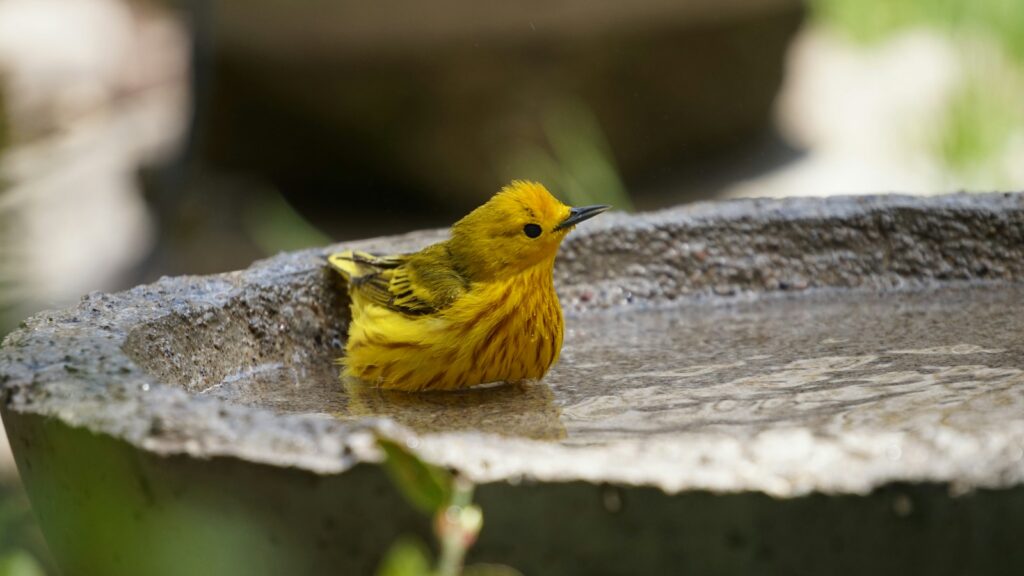
Water attracts birds even more consistently than food, making it a crucial element in your window bird sanctuary. Birds require water not just for drinking but also for bathing to maintain feather condition, which is essential for flight and insulation. A simple bird bath placed within view of your window can dramatically increase bird traffic, especially if it includes a gentle bubbler or dripper that creates moving water, which birds can hear and see from greater distances. During winter months in colder climates, heated bird baths become vital resources for winter residents when natural water sources freeze over. Position water features at different heights – ground level, elevated on pedestals, or hanging models – to accommodate different species’ preferences, and ensure they have rough-textured surfaces that provide secure footing for birds of various sizes.
Planting Bird-Friendly Vegetation
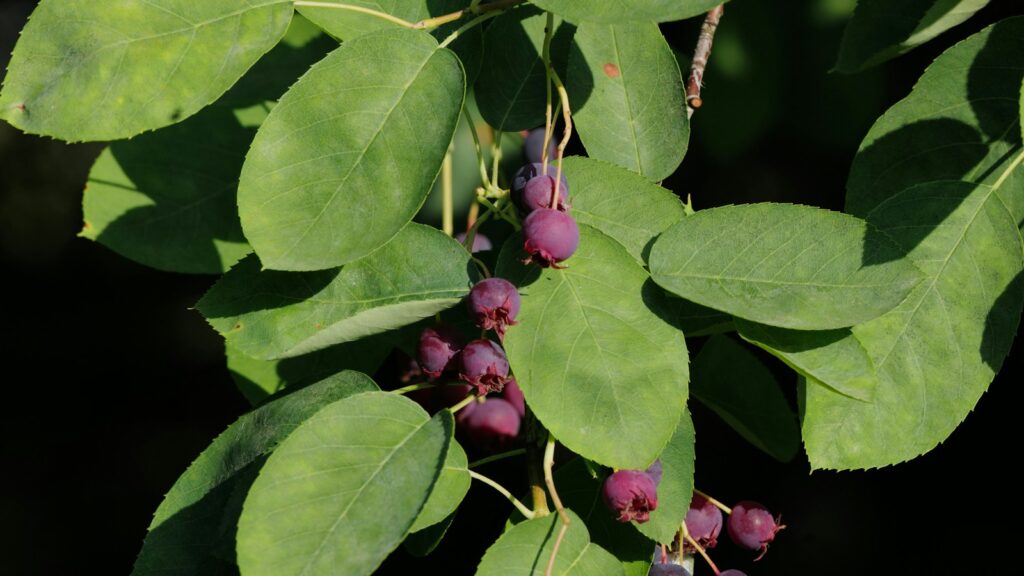
Natural vegetation forms the foundation of any successful bird sanctuary, providing food, shelter, and nesting sites that commercial feeders simply cannot replicate. Native plants should form the backbone of your window sanctuary landscape, as they’ve evolved alongside local bird species and provide appropriate berries, seeds, and insects at the right times of year. Layer your plantings vertically with ground covers, shrubs, and trees to create a complete habitat structure that accommodates birds with different foraging and nesting preferences. Include evergreen shrubs or trees that provide critical winter shelter and year-round visual interest for both birds and observers. Berry-producing plants like serviceberry, dogwood, elderberry, and viburnum offer seasonal food bonanzas that will bring fruit-eating species like waxwings, thrushes, and robins directly into view of your window observation post.
Providing Nesting Opportunities

Transforming your window view into a true sanctuary means supporting the full lifecycle of birds, including their reproductive needs. Installing appropriate nesting boxes within view of your window can provide fascinating glimpses into birds’ private lives during breeding season. Different bird species require specific nesting box dimensions and mounting heights – chickadees prefer small entrance holes 6-15 feet high, while bluebirds need slightly larger openings mounted in more open settings. Provide natural nesting materials by placing mesh bags filled with pet fur, small strips of cotton fabric, or natural plant fibers where birds can easily find them, and you’ll likely see birds collecting these treasures for nest building. Position nesting sites where they receive morning sun but afternoon shade, protecting vulnerable nestlings from overheating while maintaining good visibility from your observation window.
Managing Unwanted Visitors

Creating a bird-friendly window view inevitably attracts some unwelcome guests that require thoughtful management. Squirrels frequently dominate bird feeders, consuming large quantities of seed and sometimes damaging equipment with their persistent chewing. Install squirrel baffles above and below pole-mounted feeders, or opt for specially designed weight-sensitive feeders that close access points when heavier squirrels land on them. Non-native species like European starlings and house sparrows can overwhelm feeding stations and displace native birds, but you can discourage them by avoiding cracked corn and millet while offering more specialized foods like safflower seeds that aggressive species find less appealing. Outdoor cats represent perhaps the greatest threat to your bird sanctuary, killing billions of birds annually in the United States alone – if neighborhood cats frequent your yard, consider politely discussing the issue with owners or installing tall pole-mounted feeding stations that keep birds above cats’ reach.
Creating Comfortable Observation Stations

The viewer’s comfort significantly impacts the bird sanctuary experience, determining how much time you’ll spend enjoying your avian visitors. Position comfortable seating perpendicular to the window rather than directly facing it, reducing your silhouette’s visibility to birds while maintaining your viewing angle. Keep binoculars and field guides within arm’s reach of your observation station to quickly identify new species and observe fascinating details of familiar visitors. Consider installing a bird-watching journal station near your window where you can note first sightings, unusual behaviors, or seasonal patterns, creating a valuable record that enhances your connection to the natural cycles visible from your window. For serious bird photographers, installing a camera mount near the window provides stability for capturing those perfect moments when light and bird behavior align for exceptional images.
Seasonal Adaptations for Year-Round Activity
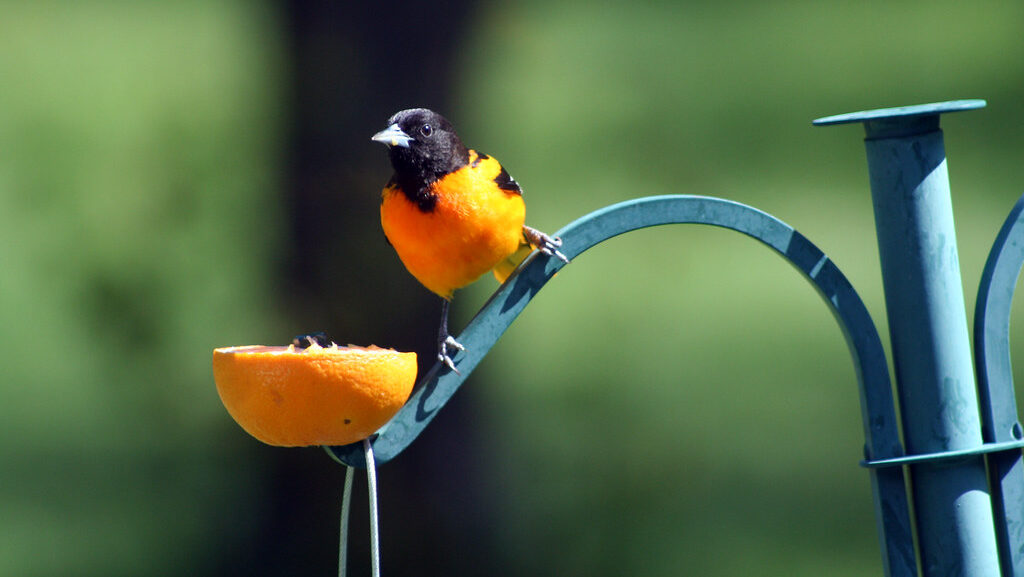
Bird activity changes dramatically with the seasons, requiring adjustments to your sanctuary setup to maintain optimal viewing throughout the year. During spring migration, increase your seed offerings and add specialized foods like oranges cut in half to attract colorful migrants like orioles and tanagers that might not otherwise visit your regular feeders. Summer brings nesting season, when high-protein foods like mealworms become especially valuable to birds feeding growing nestlings, bringing adults repeatedly to feeding stations within view of your window. Fall migration offers another opportunity to diversify your visitor list by maintaining consistent food supplies when natural sources become depleted, attracting species that might stop briefly during their journeys south. Winter transforms your window sanctuary into a critical survival station for resident birds – increase the quantity and caloric content of foods by adding suet, peanuts, and black oil sunflower seeds, while ensuring water remains unfrozen through heated bird baths.
Documenting Your Bird Sanctuary Success
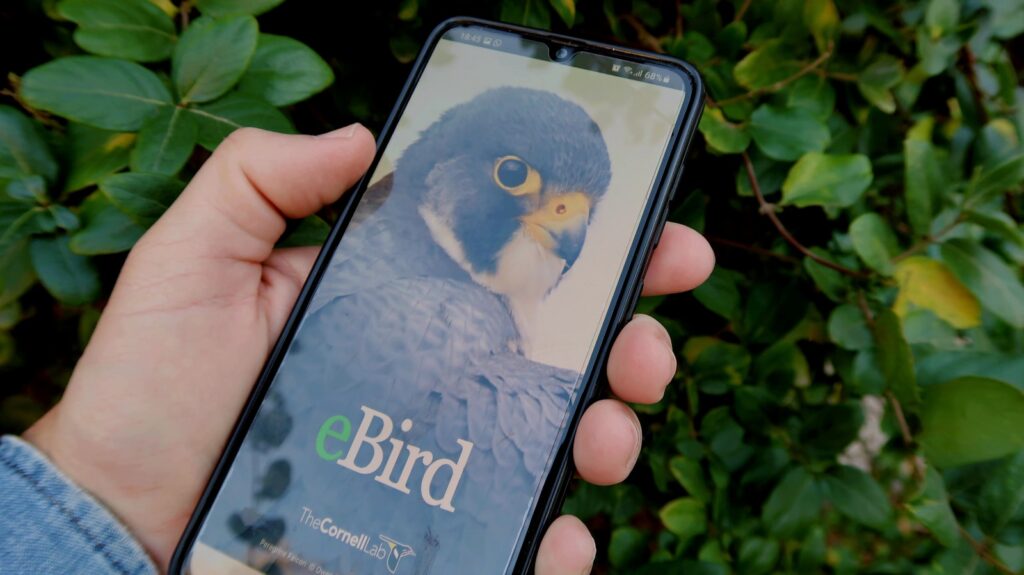
Recording the birds that visit your window sanctuary enhances your connection to these visitors while contributing valuable data to citizen science. Start a simple journal listing species, dates, and behaviors, creating a personalized phenology calendar that helps you anticipate when certain species might appear in future years. Consider participating in organized citizen science projects like FeederWatch, Great Backyard Bird Count, or eBird that use hobbyist observations to track important population trends and migration patterns across the continent. Photography provides another wonderful documentation method – even smartphone photos through your window can capture memorable moments and help with identification of unfamiliar species. Sharing your observations with family, neighbors, and online communities spreads interest in bird conservation while providing opportunities to learn from other enthusiasts who might suggest improvements to your window sanctuary setup.
Addressing Environmental Considerations
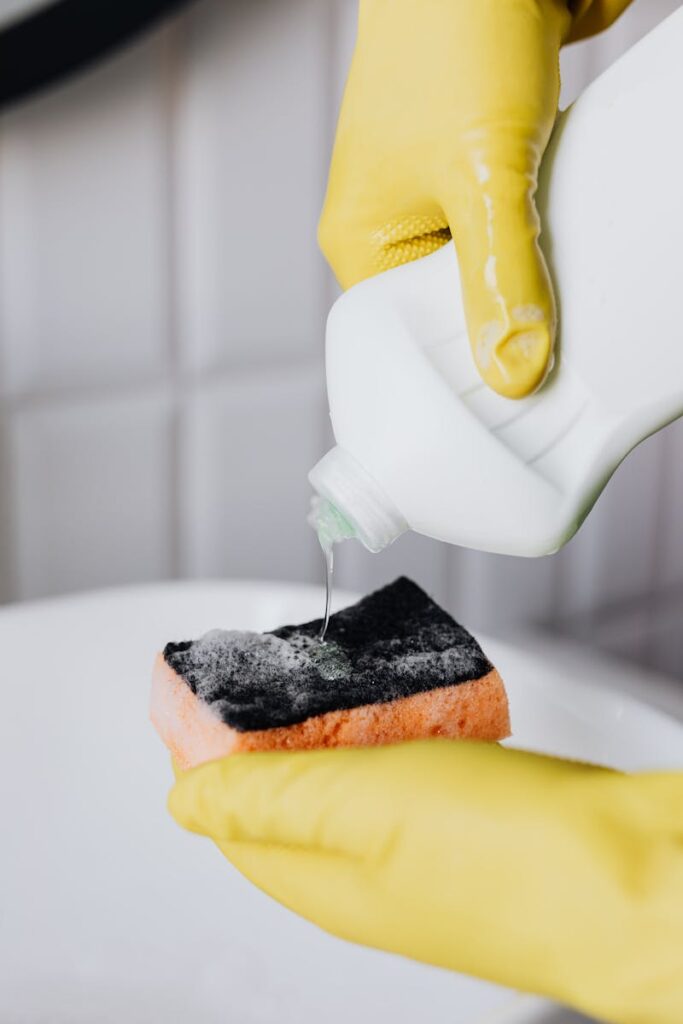
Creating a truly bird-friendly window sanctuary means considering broader environmental impacts beyond just feeding and observing. Regular cleaning of feeders is essential to prevent the spread of diseases that can decimate local bird populations – most experts recommend cleaning seed feeders every two weeks and hummingbird feeders at least weekly, especially during warm weather. Use environmentally safe cleaning solutions like a 10% bleach solution followed by thorough rinsing to maintain bird health without introducing harmful chemicals. Consider the source of the products you use – opt for shade-grown coffee bird seed that supports bird habitat in tropical regions, and avoid seed mixes containing fillers like milo or wheat that most desirable birds simply scatter on the ground. Remember that your window sanctuary exists within a larger ecosystem – avoid using pesticides or herbicides in adjacent areas, as these can harm birds directly or eliminate the insect populations that many birds rely on for feeding their young.
Expanding Your Bird Sanctuary Community

The joy of creating a window bird sanctuary multiplies when shared with others, creating opportunities for education and broader conservation impact. Involve children in your bird-watching activities by creating simple identification charts of common visitors, fostering early connection to wildlife that can develop into lifelong conservation values. Share extra seeds, plants, or nesting materials with neighbors interested in starting their own window sanctuaries, creating a neighborhood corridor of bird-friendly properties that collectively supports more diverse bird populations. Consider organizing neighborhood bird counts or creating a community social media group for sharing sightings and photography from window sanctuaries throughout your area. As your expertise grows, volunteer with local nature centers or conservation organizations to help others develop their own window viewing sanctuaries, spreading both the joy of bird observation and the critical habitat these spaces provide in increasingly urbanized environments.
Conclusion
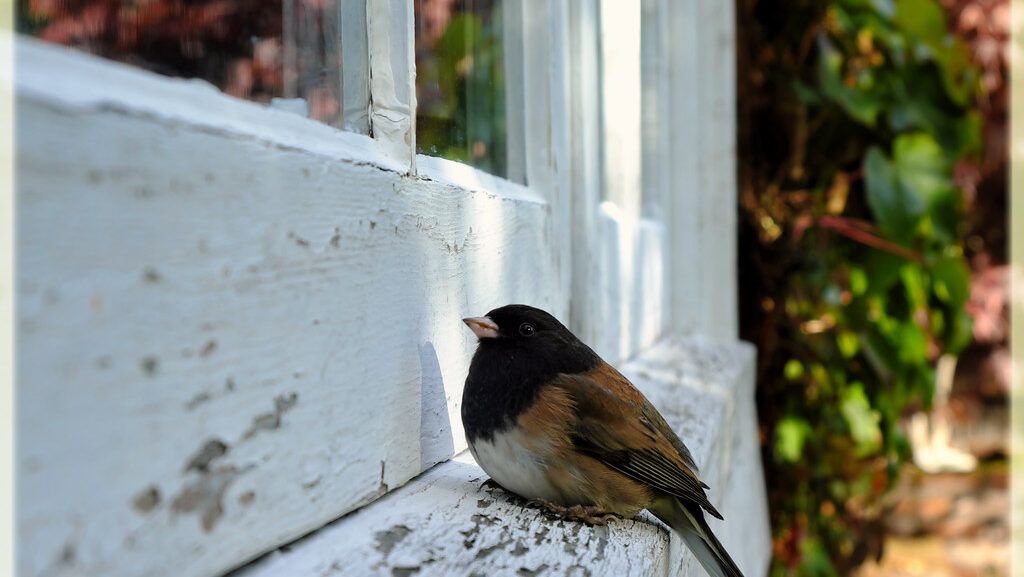
Transforming your window view into a bird sanctuary creates a living connection to nature that changes with the seasons and grows more rewarding over time. Beyond the simple pleasure of observing beautiful creatures, your window sanctuary provides genuine conservation value by creating habitat stepping stones that help birds navigate increasingly fragmented landscapes. The relationships you develop with “regular” visitors bring a sense of stewardship and connection that enriches daily life in subtle but meaningful ways. Whether you implement a simple window feeder or develop an elaborate multi-season habitat, your efforts create ripples of positive impact for birds while bringing the theater of nature directly to your window – proving that conservation can begin right at home, one window view at a time.
